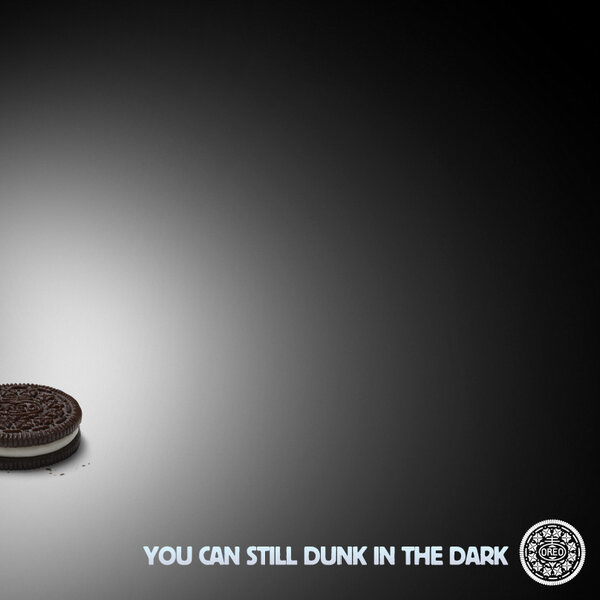
“Digital media” will soon be a redundant term. Increasingly, all media are digital. Once a term reserved for the internet only, “digital” now embraces your phone, television, more and more “print” media (ereaders and tablets), radio, and out-of-home channels such as in-store kiosks and digital signage.
“Social media” is another term that is rapidly approaching the tautological. The more media are digital the more they’re social, either inherently or increasingly, linked into a myriad of social networks and social applications that facilitate sharing, commentary and discovery.
Media is driving social, and social is driving media. This is as true offline as it is on the web. Consider, for example, Twitter’s recent acquisition of social TV analytics firm Bluefin Labs. Then there’s the recently launched UK channel, 4Seven that only broadcasts the programming that has proven to be the most socially popular with viewers (http://adage.com/article/global-news/u-k-channel-air-shows-social-media-buzz/235245/). Each program is introduced by a broadcast of viewer comments about the show, positive and negative.
Brands and media organizations must adapt to meet consumers anywhere they might be – at any given moment – on the dynamic customer journey. Consumers flit between screens, devices and channels like so many hummingbirds. Messaging will slip between the cracks if it doesn’t have hooks into social, into real (or near-real) time, and if it isn’t as multichannel as its intended audience.
Read the rest of this post on iMedia, where it originally published as a column.
